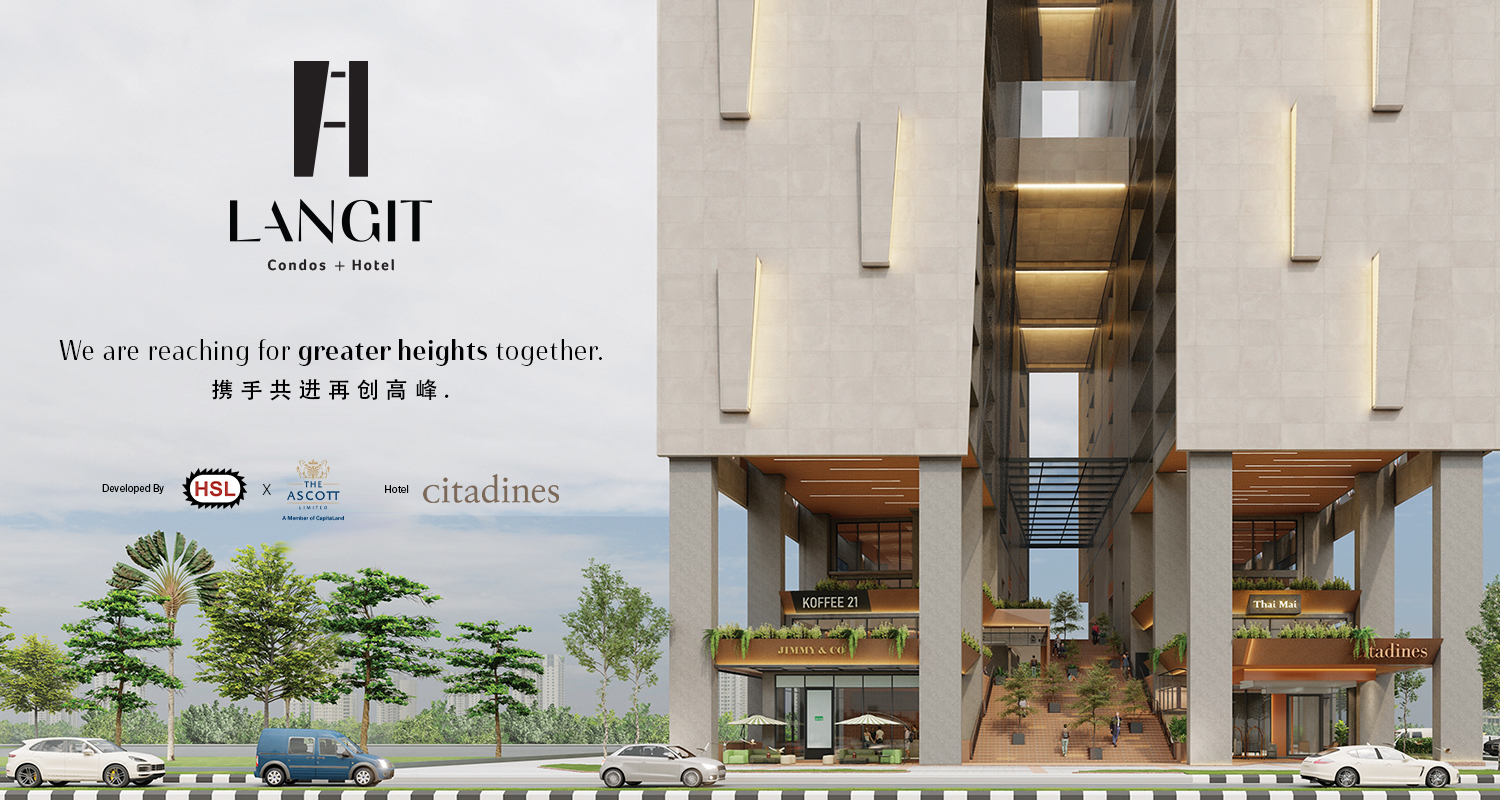
By Nancy Nais
MOST people can only imagine seeing firefighters as ‘heroes’ at a scene when there is a fire, drowning, accident, searching for missing person or even a natural disaster.
However, not many knew that there are also the unknown ‘heroes’ who are quietly working behind the scene.
These are the group of firefighters stationed at the operations centre (PGO) in every state, operating 24 hours a day, 7 days a week, 365 days a year.
Their functions and roles are equally important in ensuring that the Fire and Rescue Department (Bomba) can provide fast and effective service in every operation or task given.
Manning all sorts of emergency calls coming from Malaysia Emergency Response Services (MERS 999), respective fire stations and direct calls from members of the public to monitoring the Automatic Fire Monitoring System (SPKA), these officers work with their knowledge and common sense in directing fire stations or relevant departments.

DayakDaily was recently given the opportunity to spend two full shifts (24 hours) at a PGO in Kuching to watch and understand how this section of Bomba operates.
The expedient and accurate handling of fire alarms or any calls are significant factors in the successful outcome of any incident.
Obviously, these officers’ task is very important because any emergency calls received made them jumped into alert mode.
From the moment an emergency call from MERS 999 comes in, these officers went frenzy, moving very fast in carrying out their tasks by listening to the caller while deciding which fire station to be deployed and arranging other necessary movements.
They are trained to use communications equipment to receive alarms, give and receive commands, request assistance, and report on conditions.
Since firefighters from different units routinely provide mutual aid to each other and routinely operate at incidents where other emergency services are present, it is essential to have structures in place to establish a unified chain of command.
Taking an example, PGO Sarawak head Wan Abdul Mubin Wan Abdullah said, “When there is a fire outbreak, one PGO officer will be busy communicating with the fire station officer to deploy their firefighters and vehicles out to scene while another will contact the caller again to obtain more details.
“Among the things to consider include the distance between the station and the location of the incident, the traffic situation, the number of machinery and the personnel to be sent.”
When the fire station’s control room receives a call from PGO, the information will be passed on to the shift leader to facilitate rescue efforts.
The fire engines must depart from the station within 60 seconds of receiving a distress call.
Being the largest state in the country, Sarawak currently has 30 fire stations and every movement from their firefighters to equipment and vehicles are closely monitored by PGO, including arrivals and time frames.

Malaysia Emergency Response Services (MERS 999)
Do you know what happens when you dial the emergency number 999?
Bomba does not man MERS 999, as generally perceived by members of the public.
In Malaysia, 999 would be received by either one of the response centres (RC) — in Kuching, Kuala Lumpur and Malacca.
Any 999 calls from Sarawak are usually answered by RC in Kuching.
When the lines are busy, the system will automatically prompt the calls to RC in Kuala Lumpur or Malacca.
“These three centres will take all calls and ‘filter’ them as thorough as possible before transferring genuine emergency calls to the dispatch centres, which are either Bomba, the police, Ministry of Health, Civil Defence Force and Malaysian Maritime Enforcement Agency.
“Although it is the first point of contact for emergency cases, the caller won’t be put straight through the emergency services. Instead, you speak to an operator from RC, who asks which service you require ambulance, fire, police and so on,” Wan Abdul Mubin said.
The operator will then identify the caller’s approximate location, which, if the call is from a mobile phone, they can detect by identifying the owner of the number, thanks to Automatic Location Identification (ALI) and Automatic Number Identification (ANI).
If the caller is calling from a landline, RC can check on the database of addresses linked to phone numbers.
“Once the RC has the details of the emergency, they will forward it to the relevant departments,” Wan Abdul Mubin said, adding that the public is advised to provide as many details as they can, including landmarks of the area where an accident, mishap, disaster or fire broke out.
In the case of Bomba, when their PGO in Kuching received the notification from the RC, the relevant fire station will be alerted to respond immediately.
Apart from that, PGO also uses the Computer Aided Dispatcher (CAD) for their communications with fire stations. — DayakDaily








